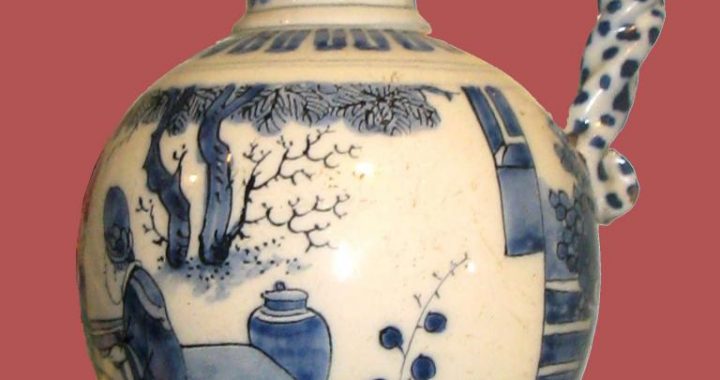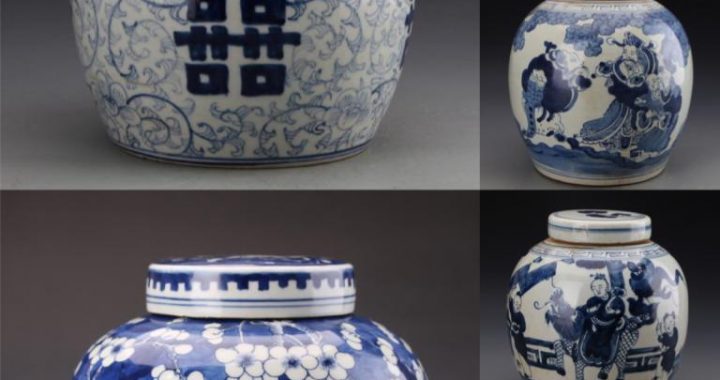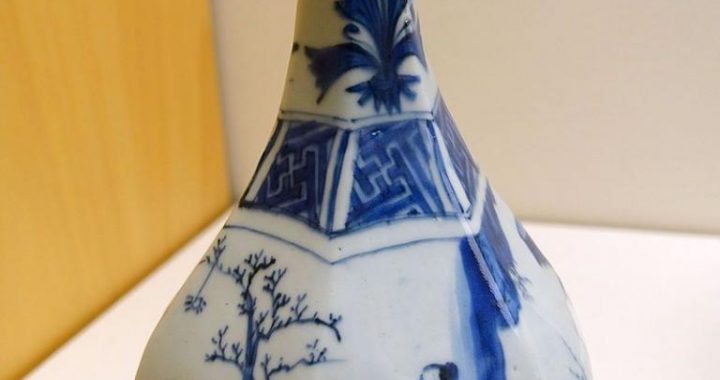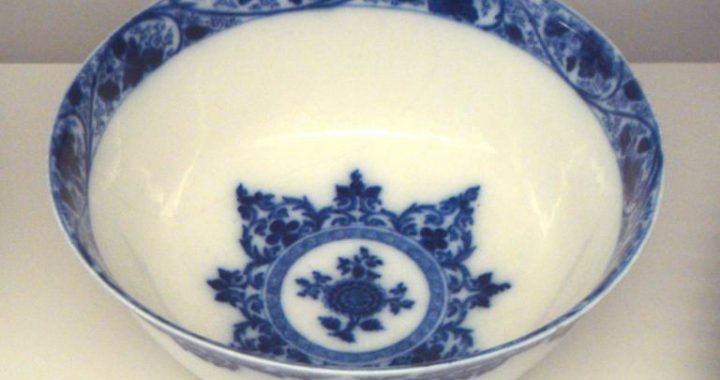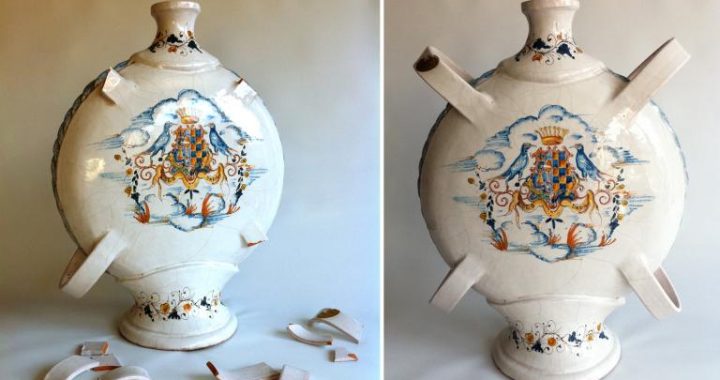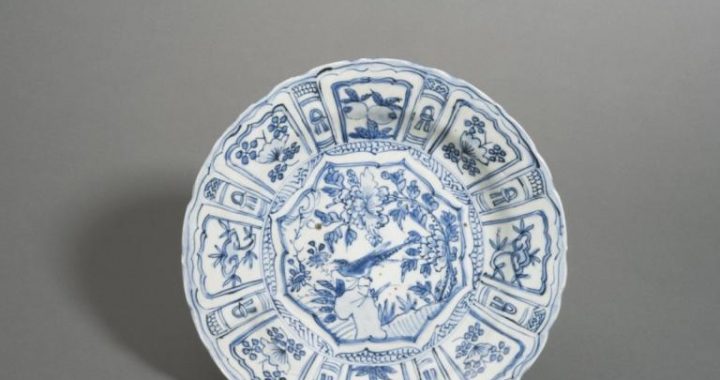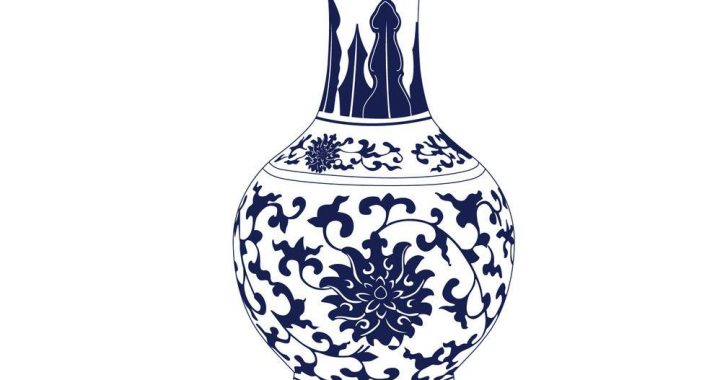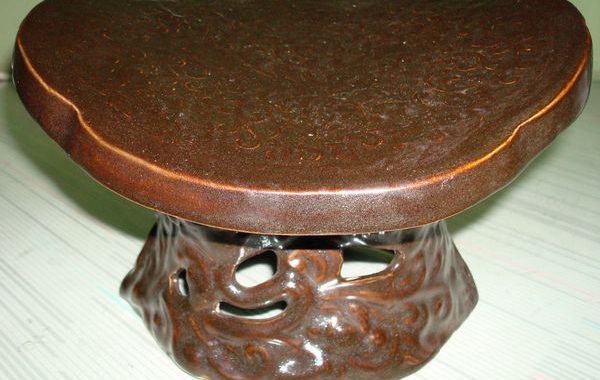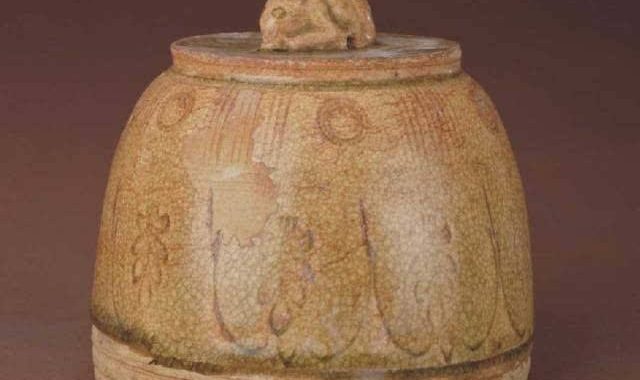ARTS AND CRAFTS IN THE FIELD OF UTENSIL
5 min readChina is a world-renowned ancient country of ceramics, which has long been one of the most significant traditional handicrafts in China. As early as the early Neolithic Age 8,000 years ago, earthenware was already made and used. During the mid-Shang Dynasty, porcelain in its rudimentary form started to appear. In terms of crafts, pottery and porcelain are both silicate products made at different stage of development, porcelain being derived from pottery. They differ in raw materials, firing temperature and physical properties. Pottery was not phased out when porcelain invented, but continued to develop on its own course parallel to that of porcelain.
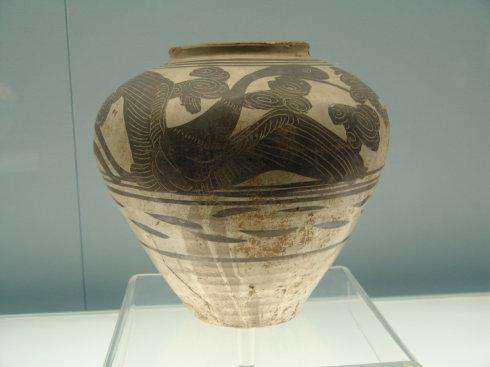
During the late Neolithic Age, painted pottery emerged as an outstanding variety of handiwork. And the then Neolithic Culture was called Painted Pottery Culture, also known as Yangshao Culture, named after Yangshao Village, Mianchi County, Henan Province where relics abound in pottery painted with colorful patterns were first found. Painted pottery is a kind of earthenware in reddish brown or pale brown with red or black decorative patterns elegant in shape and exquisite in design. Painted pottery was distributed over a vast area, including the Yangshao Culture region in the upper and middle reaches of the Yellow River, the Dawenkou Culture region in the middle and lower reaches of the Yellow River(dating back to 4,500-6,400 years ago), and the Hemudu Culture region in the middle and lower reaches of the Yangtze River, of which Yangshao Culture was the most flourishing. Painted pottery was superior in ornamentation. As people at that time used to place utensils on the ground, the ornamental patterns tended to take an upper position while taking into consideration at the same time the vertical view and the side view so as to embody an integral effect.
Painted earthen pot of the Majiayao Culture of the Neolithic Age, housed in the National Museum of China.
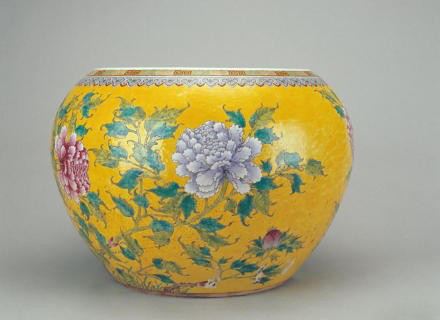
As time goes by, painted pottery fell into decline, replaced by black pottery arising from the lower reaches of the Yellow River and the eastern coastal area. The Black Pottery Culture was also called Longshan Culture, as remains of this culture were first discovered in Longshan County, Licheng City, Shandong Province. By that time, black pottery had begun to be made by wheels which, as an innovation in process, made the shape of the pottery perfectly round and neat, the thickness of the body even, andproductivity in making pottery raised. In the meantime, kiln sealing technique had been grasped, and the structure of the pottery kiln improved. The flame mouth was made smaller and the combustion chamber deeper so that the temperature of the kiln chamber became higher. Black pottery wares were jet-black in color, light in weight and bright on the surface. They were easy to string or to add ear-like handle. To make up for the blemish that as their dark appearance was hard to decorate, black pottery wares were often beautifully shaped.
Pierced black earthen cup with thin handle of the Longshan Culture, housed in Shandong Provincial Museum. The thin tube joining three parts of the cup keeps well formed after baking, indicating the superb skills in pottery making at that time.
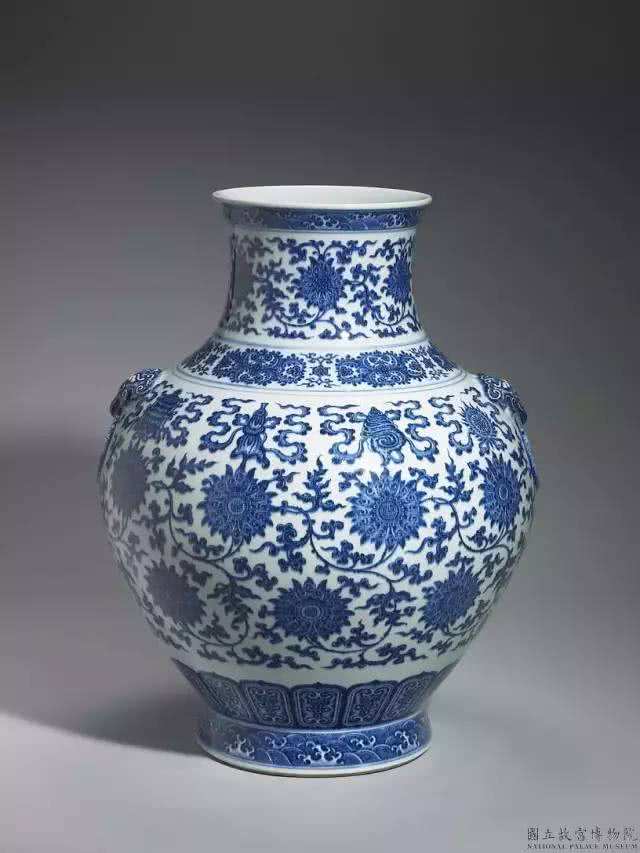
Original porcelain appeared first in the Shang Dynasty, covered with dark green glaze slightly tinged with yellowish brown. The treatment of material was rough and preparation for the clay base crude. By the late Eastern Han Dynasty, porcelainproduction came to maturity. Specialized kilns for baking porcelain emerged in Zhejiang Province which became a center of celadon production. In the Six Dynasties Period, celadon became prevailing over a greater expanse of area.
By the late period of the Northern Dynasties, the successful development of white porcelain had opened a new era in the history of Chinese ceramics. During the Sui and Tang dynasties, China saw an unprecedented booming in politics, economy, culture and commerce, which carried forward the progress of porcelain manufacturing, expanded the porcelain market and helped to form porcelain-making pattern of “celadon-in-the-south and white-porcelain-in-the-north,”meaning that celadon was mainly manufactured in the southern part of the country, represented by the varietybaked in the kiln of Yue, featuring light-and-thin shape, fine-and-close texture, and smooth-and-sleek to feel whereas white porcelain, represented by the kiln of Xing in the north, was characterized by sturdiness, compactness, snow-white in color and resonant as chime stone. Tang Tricolor, that is, the pottery artworks of the Tang Dynasty marked by its gorgeous color and rich varieties including household articles as well as funerary objects, was fabulous in the Tang Dynasty ceramics. By the end of the Tang Dynasty up to the Five Dynasties, famous kilns started to mushroom, making a new era in the history of Chinese ceramics.
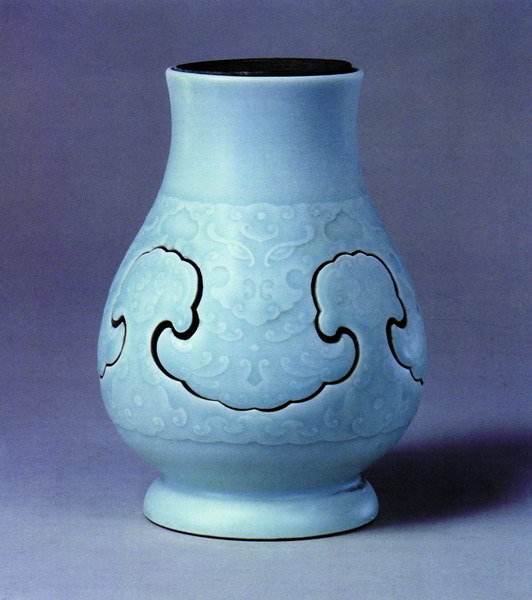
Double-ear jug of the Geyao Kiln, housed in the Palace Museum.
The Song Dynasty was an age when well-known kilns came forth in large numbers, spreading all over the country to form gradually into six major schools including the Ding Kiln(in present-day Quyang, Hebei Province), Yaozhou Kiln(in Tongchuan, Shaanxi Province), Jun Kiln(in Yu County, Henan Province), Cizhou Kiln(in Ci County, Hebei Province), Longquan Celadon Kiln (in Longquan, Zhejiang Province) and Jingdezhen Kiln(in Jingdezhen, Jiangxi Province). The painted white porcelain baked in the above kilns each had their unique features: the Ding Porcelain meticulous in composition, Yao Celadon incisive and unconstrained, Jun Porcelain bright and gorgeous, Ci Porcelain rich in local flavor, Longquan Celadon luxuriantly verdant, Jingdezhen Porcelain crystal-clear. Altogether they opened a new sphere for the Chinese ceramics. Besides, in the Song Dynasty, porcelain dippers were widely used as teacups, among which, the black glazed ones were especially favored for a time.
The Chinese ceramic crafts entered a new stage of development during the Yuan, Ming and Qing dynasties. The mould-making became diversified, glaze was blazingwith color and decorations were resplendent. The painted porcelain, then widely spread, was divided into two kinds: the overglaze porcelain and the underglaze porcelain. With overglaze porcelain the blanks are painted before coating with a transparent glaze and then fired at a temperature of 1,300 degrees centigrade. The overglaze porcelain usually has soft color that looks tasteful. Its color, under the protection of the glaze, tends to be wear-resisting and color-fast. However, as only a few coloring materials can stand high temperature, the overglaze porcelain is limited in varieties. The overglaze porcelain originated in the Tang Dynasty in the Changsha Kiln. From the Song and Yuan dynasties onwards, quite a number of new varieties appeared including the underglaze red, blue-and-white, etc.. The overglaze porcelain is prepared by painting on glazed porcelain wares already fired in the kiln and then fired again in the kiln at a lower temperature. Such porcelain is rich in color, as much more coloring materials can be found that can stand the temperature required in the firing process. The blemish is that color is susceptible to friction or erosion by acid or alkaline, causing problems such like color fading and color change. The overglaze porcelain was initiated in the Ci Kiln in the Song Dynasty. By the Ming Dynasty, single color overglaze and multi-color glaze techniques had already been fully developed. By the Qing Dynasty, more overglaze varieties were innovated, such as ancient color, enamel color and mixed color, etc.
